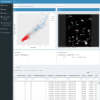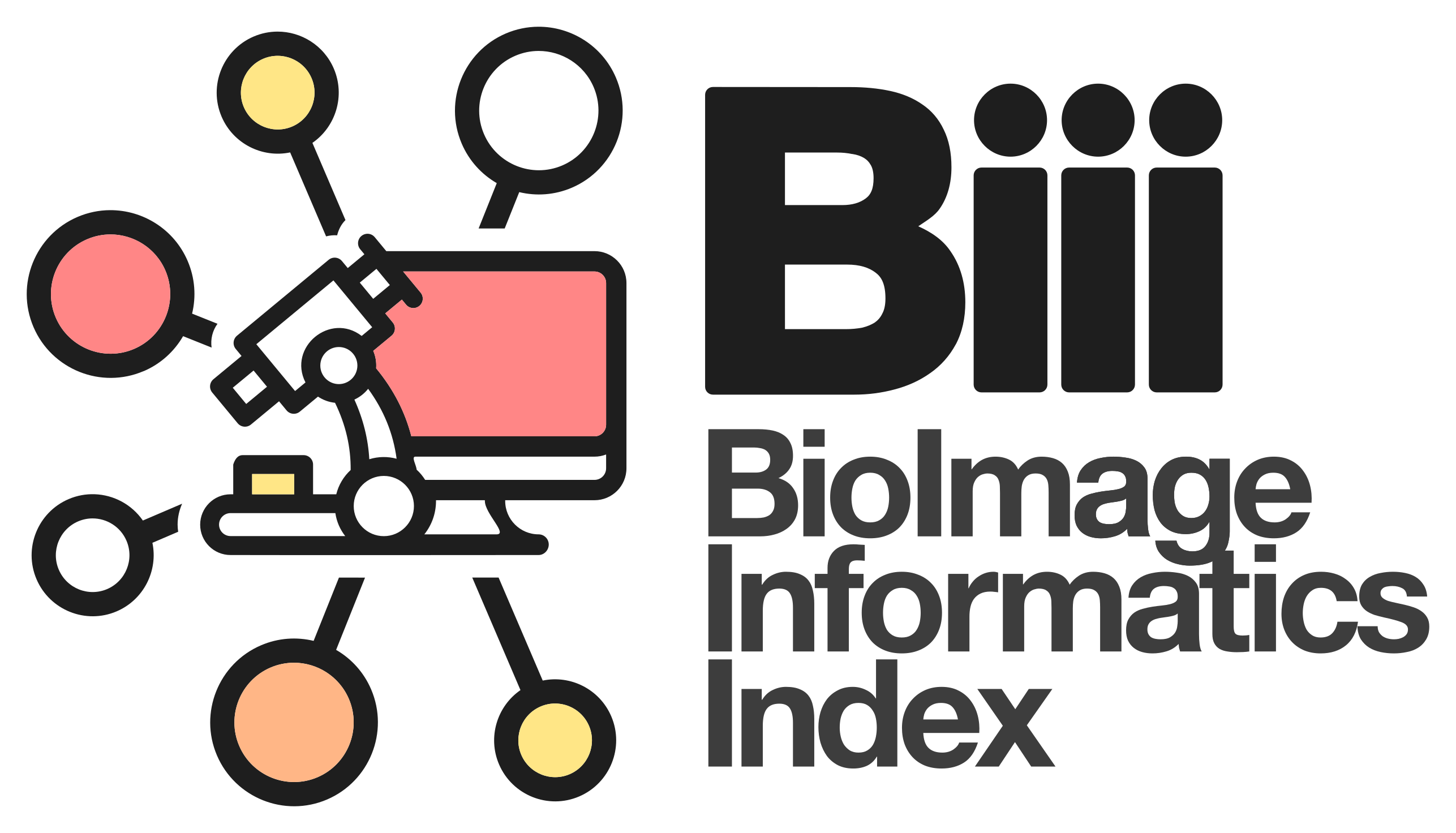Contents
| Image | Title | Category | Type | Description | Updated |
|---|---|---|---|---|---|
| NEUBIAS TS8 | Training Material | 10/28/2025 - 05:56 | |||
| NEUBIAS TS7 | Training Material | 10/28/2025 - 05:52 | |||
| NEUBIAS TS6 | Training Material | https://eubias.org/NEUBIAS/training-schools/eci/ts6-szeged2018/ |
10/30/2025 - 05:32 | ||
| Neubias TS5 | Training Material | https://eubias.org/NEUBIAS/training-schools/staff/ts5-gothenburg2017/ |
10/30/2025 - 05:28 | ||
| NEUBIAS TS4 | Training Material | 10/30/2025 - 05:22 | |||
| NEUBIAS TS3 | Training Material | 10/28/2025 - 03:51 | |||
| NEUBIAS TS2 | Training Material | 10/28/2025 - 03:44 | |||
| Assembling data for publication using FigureJ | Training Material | ImageJ, GUI Training for Beginners: learn how to use FigureJ |
04/08/2019 - 11:58 | ||
| Working with stacks: 3D image visualisation | Training Material | ImageJ, GUI Training for Beginners: Projection, Volume and surface rendering |
04/08/2019 - 11:59 | ||
| From pixels to microns | Training Material | ImageJ, GUI Training for Beginners: ROIs, image calibrations and simple measurements |
04/08/2019 - 11:59 | ||
| Working with color images and images in color | Training Material | ImageJ, GUI Training for Beginners: LUT, RGB, Composite |
04/08/2019 - 12:00 | ||
| Checking and preserving the quantitative intensity content of your images | Training Material | As you learned in the previous session, images are basically a matrix of gray values. In this session you will practice different ImageJ tools to examine the gray values in your images. You will learn how to use these tools to identify problems and properties associated with fluorescence microscopy images, such as image offset, dynamic range and saturation. Next we will discuss the dangers when converting an image, e.g. from 16 to 8 bit and how to do this best, if you really need to. |
04/08/2019 - 12:01 | ||
| Introduction to ImageJ basic operations | Training Material | After a short historical introduction about ImageJ and its branches, participants will learn basics about the nature of an image: what do we call an image ? How is image data stored ? What is a file format ? Basic usage of ImageJ will then be addressed: how to open an image ? How to install add-ons ? Useful tips and tricks will also be taught. |
04/08/2019 - 12:01 | ||
| EB1 tracking with Matlab | Training Material | This module follow EB1 tracking with IJ. In this session, we will visualize the tracking results and also cover typical analysis protocols for the quantitative analysis of movement. Two dynamic numerical features could be extracted from tracking results: speed and direction. Estimation of movement speed from multiple trajectories is a popular indicator of movement, and we will quickly go over the method for estimating the average speed of EB1 movement along microtubule. Movement direction is another quantitative feature, but is rarely explored. |
10/28/2025 - 03:31 | ||
| EB1 tracking with IJ | Training Material | We take an example image data of microtubule binding protein EB1, and will study how to automatically track those signals and how to analyze the tracking results. We use ImageJ for measuring the temporal changes in signal positions, and will feed the tracking results for analyzing their dynamics using Matlab in the following session EB1 tracking with Matlab. |
10/28/2025 - 03:18 | ||
| Batch_Filter_CaseStudy part 2 | Training Material | We will cover the theory behind some useful image preprocessing operations such as filtering for image restoration and feature enhancements, illumination compensation and background correction. We will then combine these operations and write a complete image analysis macro including image correction and 2D stitching of images coming from a large multiposition experiment. |
04/08/2019 - 12:03 | ||
| Batch_Filter_CaseStudy part1 | Training Material | In this session we will be covering ImageJ macro task automation for the batch processing of multiple images. Different techniques will be introduced, contrasted and illustrated in the context of practical bioimage analysis applications. Since image preprocessing typically involves the mechanical application of a sequence of fixed, predictable operations it is often interesting to automate it with ImageJ macro language. |
04/08/2019 - 12:02 | ||
| Batch_Filter_CaseStudy part3 Stitch Tiles, Flat Field Correction, Quantify ProtX intensity at Nuclei | Training Material | ImageJ, for those with GUI knowledge but without scripting knowledge |
04/08/2019 - 12:03 | ||
| Introduction to Bio Image analysis | Training Material | Biologists and microscope experts acquire image data. Computational scientists design and implement image processing and analysis algorithms Bioimage analysis is a way of integrating these two resources and to come up with numerical interpretations of biological systems. As this is a still rapidly developing field, standardized procedure is poorly established and we have much more room to develop. Even then, we do have some general approaches that we should take. |
04/08/2019 - 11:58 | ||

|
Image Data Explorer | Software | Collection | The Image Data Explorer is a Shiny app that allows the interactive visualization of images and ROIs associated with data points shown in a scatter plot. It is useful for exploring the relationships between images/ROIs and associated data represented in tabular format. Additional functionalities include data annotation, dimensionality reduction and classification and feature selection. |
10/12/2022 - 16:18 |
